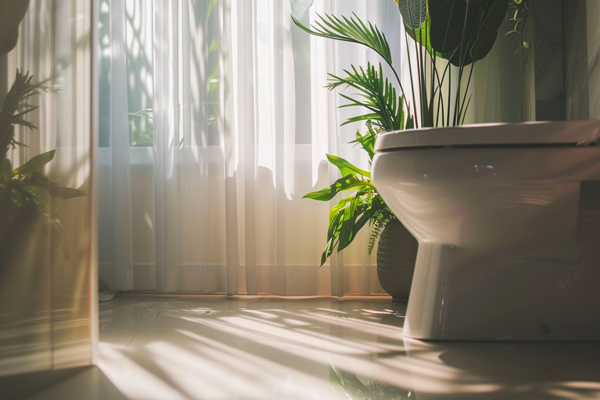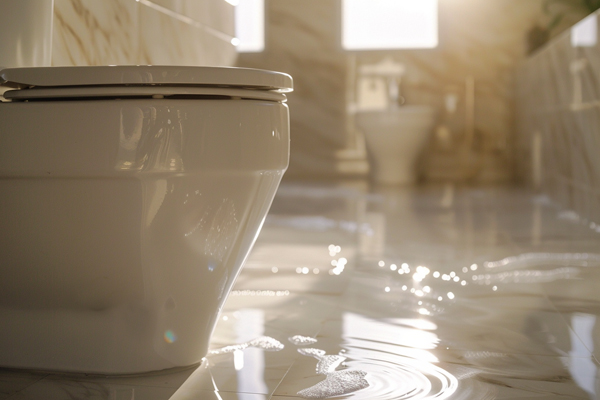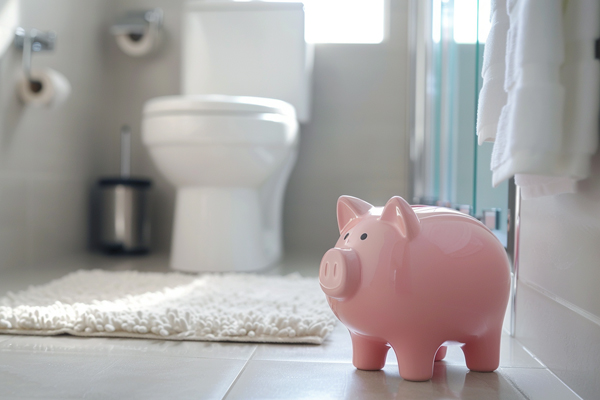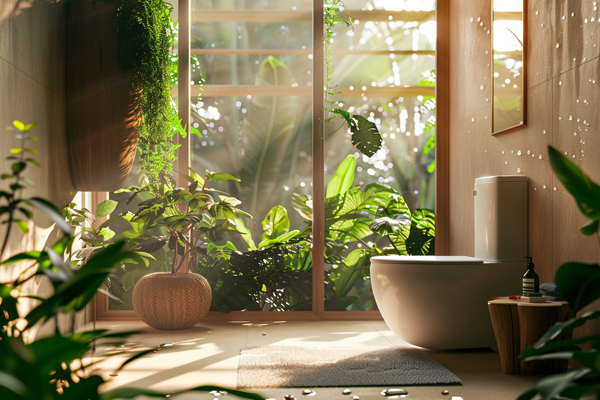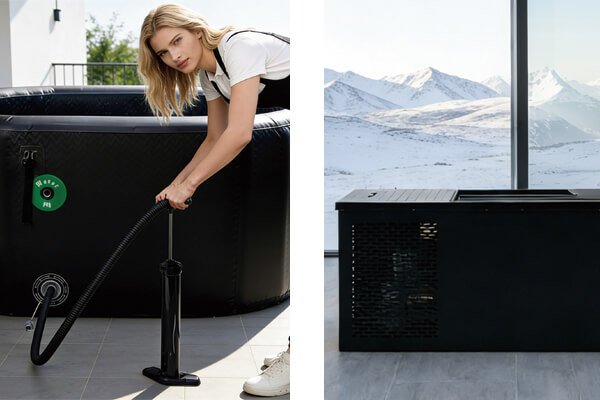Choosing between 1.28 GPF and 1.6 GPF toilets1 can feel confusing. Let’s break down the differences to help you decide.
A 1.28 GPF toilet2 uses less water per flush, offering efficiency and potential cost savings without sacrificing functionality.
Discovering the right toilet for your needs is more than about water usage. Let’s explore the details.
What Is a 1.28 GPF Toilet, and Why Is It Considered Water-Efficient?
A 1.28 GPF toilet3 uses only 1.28 gallons of water per flush. This design meets strict water efficiency standards.
Water-saving toilets4 save significant water compared to traditional models, making them ideal for eco-conscious buyers.
1.28 GPF toilets gained popularity due to federal regulations, especially in areas with water shortages. These toilets reduce water consumption while maintaining flushing power.
Key Features of 1.28 GPF Toilets
| Feature | Benefit |
|---|---|
| Lower water usage | Saves money on water bills |
| Efficient design | Meets environmental standards |
| Strong performance | Effective for daily use |
Understanding the benefits of 1.28 GPF toilets can help you determine if they align with your priorities.
Does a 1.6 GPF Toilet Use Too Much Water?
A 1.6 GPF toilet5 uses 1.6 gallons of water per flush, which is slightly more than the 1.28 GPF option.
While 1.6 GPF toilets6 use more water, they often offer better flushing power for larger waste loads.
1.6 GPF toilets are considered the standard for homes where performance outweighs water efficiency. They are still far better than older models that used over 3 gallons per flush.
Pros and Cons of 1.6 GPF Toilets
| Pros | Cons |
|---|---|
| Reliable for heavy-duty use | Higher water consumption |
| Widely available | May not meet local standards |
Understanding the trade-offs of a 1.6 GPF toilet ensures you make an informed choice.
How Do 1.28 GPF and 1.6 GPF Toilets Compare in Flushing Performance?
Flushing performance is a critical factor when comparing these two options. Both aim to deliver efficiency and reliability.
1.28 GPF toilets are water-efficient, while 1.6 GPF toilets often provide superior performance for larger waste loads.
When comparing flushing systems, it’s crucial to evaluate your household’s needs. High-efficiency 1.28 GPF models can handle standard flushing tasks, but 1.6 GPF toilets may be preferred in high-use areas.
Flushing Power Comparison
| Toilet Type | Flushing Power | Best Suited For |
|---|---|---|
| 1.28 GPF | Moderate | Eco-conscious households |
| 1.6 GPF | High | Larger households or offices |
Deciding which toilet to choose depends on balancing performance with efficiency.
Which Toilet Saves More Money: 1.28 GPF or 1.6 GPF?
Water costs are a significant factor when choosing a toilet. Over time, the savings can be substantial.
1.28 GPF toilets save more money in water bills compared to 1.6 GPF models, especially in areas with high water costs.
The savings from reduced water consumption can accumulate quickly. Households in regions with expensive water bills may benefit the most from 1.28 GPF toilets.
Cost-Saving Analysis
| Factor | 1.28 GPF Toilet | 1.6 GPF Toilet |
|---|---|---|
| Water Usage | Lower | Higher |
| Annual Savings | Up to 20% in water bills | Moderate |
Evaluating long-term savings helps clarify which option is more cost-effective for your home.
Are 1.28 GPF Toilets Better for the Environment?
Environmental impact is a growing concern for many buyers. Water-efficient toilets play a significant role.
1.28 GPF toilets are better for the environment due to reduced water usage and compliance with eco-friendly regulations.
Installing 1.28 GPF toilets can significantly reduce your household's water footprint. This is especially important in areas experiencing drought or water scarcity.
Environmental Benefits
| Benefit | Impact |
|---|---|
| Lower water consumption | Conserves water resources |
| Compliance with standards | Reduces environmental harm |
| Eco-friendly design | Supports sustainability |
By choosing an environmentally friendly option, you contribute to global water conservation efforts.
Conclusion
1.28 GPF toilets are ideal for water efficiency, while 1.6 GPF models offer enhanced flushing performance. Your choice depends on balancing needs and priorities.
-
Understand the key differences between these two toilet types to make a smarter choice. ↩
-
Learn why 1.28 GPF toilets are considered the standard for water efficiency and cost-saving. ↩
-
Explore how 1.28 GPF toilets operate to meet water efficiency standards. ↩
-
Discover the benefits of modern water-saving toilets for eco-conscious households. ↩
-
Find out if 1.6 GPF toilets are inefficient or still practical for modern households. ↩
-
Learn whether 1.6 GPF toilets comply with water conservation laws. ↩
